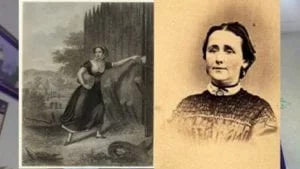The fervently patriotic and passionate women whose tireless pursuits on behalf of their families and their country proved just as crucial to the forging of a new nation as the rebellion that established it. While much has been written about the men who signed the Declaration of Independence, battled the British, and framed the Constitution, the wives, mothers, sisters, and daughters they left behind have been little noticed by history. These women fought in the Revolution as valiantly as the men, often defending their very doorsteps. The founding mothers used the unique gifts of their gender — courage, pluck, sadness, joy, energy, grace, sensitivity, and humor — to do what women do best, put one foot in front of the other in remarkable circumstances and carry on. managed their businesses, raised their children, provided them with political advice, and made it possible for the men to do what they did.
Chronological History of Events Involving the Founding Mothers

Calvin Coolidge Address Before the Daughters of the American Revolution, Washington, D.C. – “… As there were Fathers in our Republic so there were Mothers.”

Kate Moore Barry, the “Heroine of the Battle of Cowpens”, Rides Through the Back Trails of South Carolina to Warn of Approaching British Troops

Battle of Monmouth and the Legend of Molly Pitcher

Sixteen-year-old Sybil Ludington Rides 40 Miles Waking up Patriots with the Urgent Warning that the British were Fast Approaching




